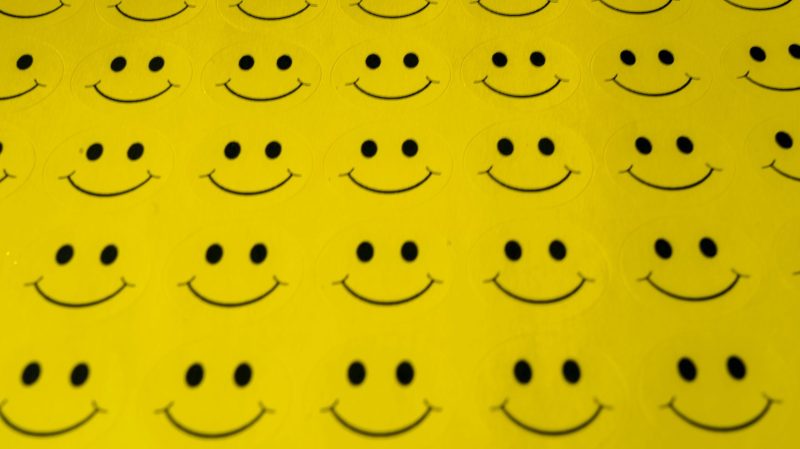The Origins of solarpunk began in 2008 with a blog post titled “From Steampunk to Solarpunk.” An anonymous author conceptualized a speculative fiction subgenre as a backlash to the dystopian narratives in the media. While solarpunk is a relatively new genre, it has quickly gained a following with writers, artists, activists, and futurists. These protopian influences can be seen in various real-world sustainability and social justice initiatives.
As a literary and artistic movement, solarpunk strives to create a sustainable world intertwined with nature and community. Influences include the growing global awareness of climate change and social justice issues. The term “Solar” signifies using solar energy as a renewable energy source. “Punk” emphasizes a do-it-yourself ethos and counter-culture. Since the inception of the solarpunk, the genre has become an increasing reality.
While many people have never heard of solarpunk or protopian, the beliefs and actions have clearly entered the zeitgeist. Both ideas believe in the same overall vision. Solarpunk envisions a sustainable, utopian future where society harmonizes with nature using renewable energy and green technology. Protopian thinking focuses on gradual, incremental progress, believing that continual improvement, that leads to a better future through small, positive changes over time. Protopian beliefs understand and accept that there are inherent flaws within societal thinking.
Millennials and Gen Z have emerged over the last decade with the desire for a self-sufficient lifestyle and modern homesteading. Like Solarpunk, modern homesteading connects with nature, adapting to traditional practices like sourdough baking and food foraging while still using modern technology. Urban and rural homesteaders cultivate diverse gardens using permaculture methods for food forests, front yard and rooftop gardens, small-scale farming, boutique vineyards, keeping goats and chickens, beekeeping, and aquaponics. Renewable energy technologies like wind and solar panels enable these homesteaders to generate electricity and reduce grid dependence.
Solarpunk’s architectural designs are often compared to a modern art nouveau look with organic shapes and a connection to nature. The style envisions buildings covered with plants, powered with solar panels, and built from sustainable materials. The realization of this solarpunk and protopian movement is happening around the world. While the primary focus is to adapt and use what is already built, the impact of these ideas is also shaping new construction. Examples are Robert Downey Jr.’s Bini Shell home, an eco-friendly, residence in Malibu designed by architect Nicolo Bini. The home is made with sustainable materials and innovative construction techniques, it features a dome shaped, energy-efficient structure. China has created a vertical forest living building in Nanjing, designed by Italian architect Stefano Boeri, which integrates nature into urban living with thousands of trees and plants. This green oasis design supports biodiversity and promotes a healthier environment, showcasing sustainable urban development.
The Wallis Annenberg Wildlife Crossing at Liberty Canyon is another beautiful example of this nature-inspired thinking. This bridge will be the largest wildlife crossing in the nation and destined to play a vital role in sustaining local wildlife populations. The bridge will feature natural and native landscape to encourage animal use. This safe crossing is especially crucial for local mountain lions, whose genetic diversity is threatened by the 101 freeway. It demonstrates how human infrastructure can coexist with natural ecosystems and is a model for similar initiatives worldwide.
Disney Imagineer Tony Baxter, is credited with envisioning a futuristic edible landscape for Tomorrowland in 1998. The “Agrifuture” concept aimed to create sustainable communities by making gardens functional and visually appealing. With this forward-thinking concept, all the landscaping was transformed into edible plants. Today, about 80% of the plants are edible or harvestable, although guests are discouraged from eating directly from the landscaping due to pesticide use. Visitors can find numerous fruit trees, kale, artichokes, strawberries, rosemary, and grapes artfully arranged among the architecture and attractions. This unique approach integrates food-producing plants into the park’s landscape, blending aesthetics with practicality.
Tomorrowland showcases how urban spaces can be beautiful and productive by incorporating edible plants. This practice not only enhances the park’s visual appeal but also serves as an educational tool and perhaps inspires guests to consider sustainable gardening practices in their own lives. Integrating edible plants into the landscape contributes to the park’s ecological balance and supports local biodiversity.
Art and fashion in Solarpunk also feature natural elements and recycled materials, with an aesthetic that promotes a sense of hope and beauty. Upcycling is more than a buzzword here; the practice is similar to the Japanese belief of Wabi Sabi and Mottainai: bringing beauty and new life to old things.
Gen Z has fully embraced slow fashion as part of this movement, prioritizing sustainability and ethical practices over volume. It encourages supporting cottage industries that produce unique pieces and embrace upcycling. By extending the life of clothing through thrifting, reworking existing garments, and making thoughtful purchases, slow fashion aims to minimize waste. This approach fosters a deeper connection with choices by promoting a more mindful and responsible approach.
Storytelling is a powerful tool for social change. What started as a speculative fiction blog for a better world has inspired people to imagine and work towards that vision. Solarpunk and protopian represent a hopeful and proactive response to the difficulties of our time. It blends imaginative fiction with practical activism, offering a vision of the future where humanity can thrive in harmony with the planet.





